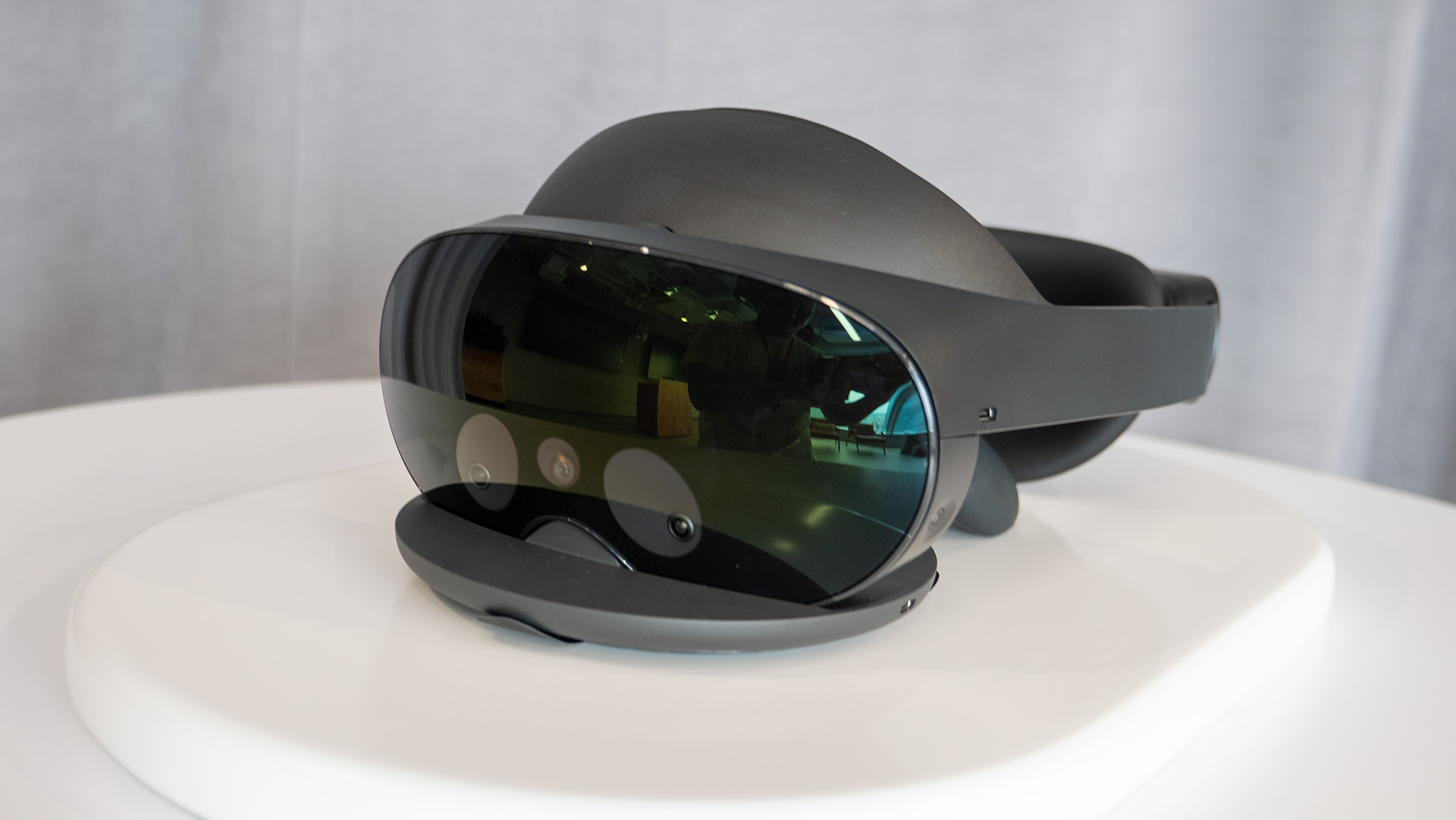
Meta and LG are coordinating on a new mixed-reality headset, the Meta Quest Pro 2, allegedly due out in early 2025. Meta may be one of the biggest names in VR and MR, but it has plenty of roadblocks to overcome before the Pro 2 can properly challenge the Apple Vision Pro.
The 2022 Meta Quest Pro was ahead of its time. While we praised its design, the hardware and software were both premature for a $1,500 device meant to be worn all day as a laptop alternative, and it quickly dropped in price after low sales.
This year's Vision Pro has more people willing to spend a ton of money on XR headsets, but that also means the competition is more fierce. With a Samsung XR headset, Sony XR headset, and other devices on the way, Meta can't enjoy the same market dominance it has in the VR gaming space with the Quest 2 and 3.
That's why the Quest Pro 2 will have to really impress people to justify the alleged $2,000 price tag — much less than the Vision Pro but still much more than most people are willing to pay. Here is our Meta Quest Pro 2 wishlist of features and specs, along with our thoughts on what the Pro 2's purpose should be.
The Meta Quest Pro 2 rumors are promising
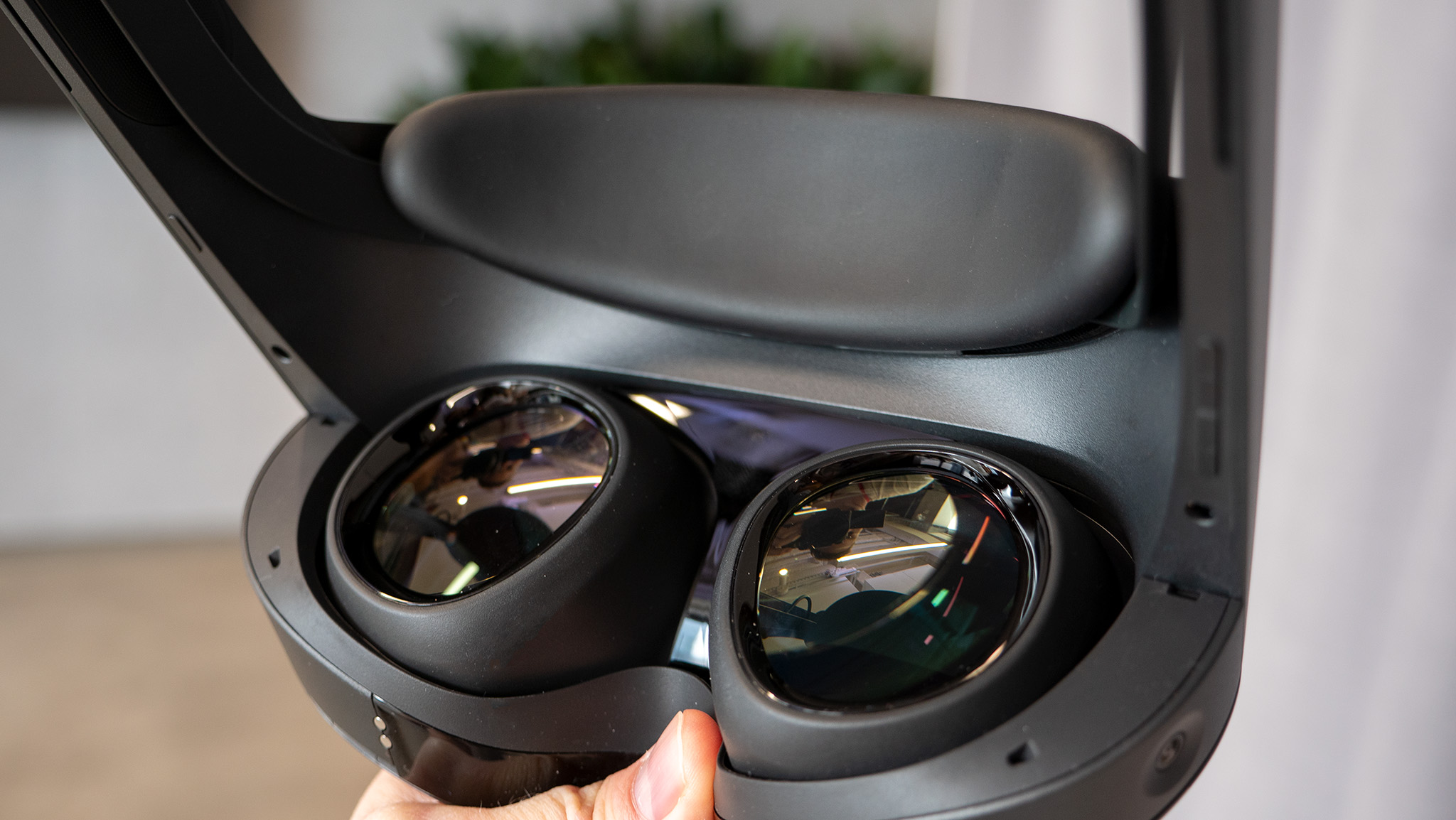
We know that LG and Meta are partnering up, with Meta giving its AI tech to LG TVs and LG working on next-gen XR device development. They didn't specify which devices, but behind the scenes, reports came in that LG will manufacture the Quest Pro 2.
LG's involvement has us hopeful that it'll have a better build quality than the first Pro. We've also heard rumors that it'll have an LG-made OLED micro-display, an OS based on LG's WebOS — currently found on its TV sets — and a $2,000 price tag, with an early 2025 release date. It's all speculation, but it's convincing speculation!
We're more certain that Meta will use a Snapdragon chip, like it has for every other Quest headset. The most likely candidate is the Snapdragon XR2+ Gen 2, since we know Samsung will use the same chip for its XR headset.
According to Qualcomm, it can support a max resolution of 4,300 x 4,300 per eye, which would crush the original Quest Pro (1800 x 1920) and even beat the Vision Pro (3660 x 3200). It'd also support up to 12 cameras, which would help bring back the Quest Pro's inner face and eye tracking cameras.
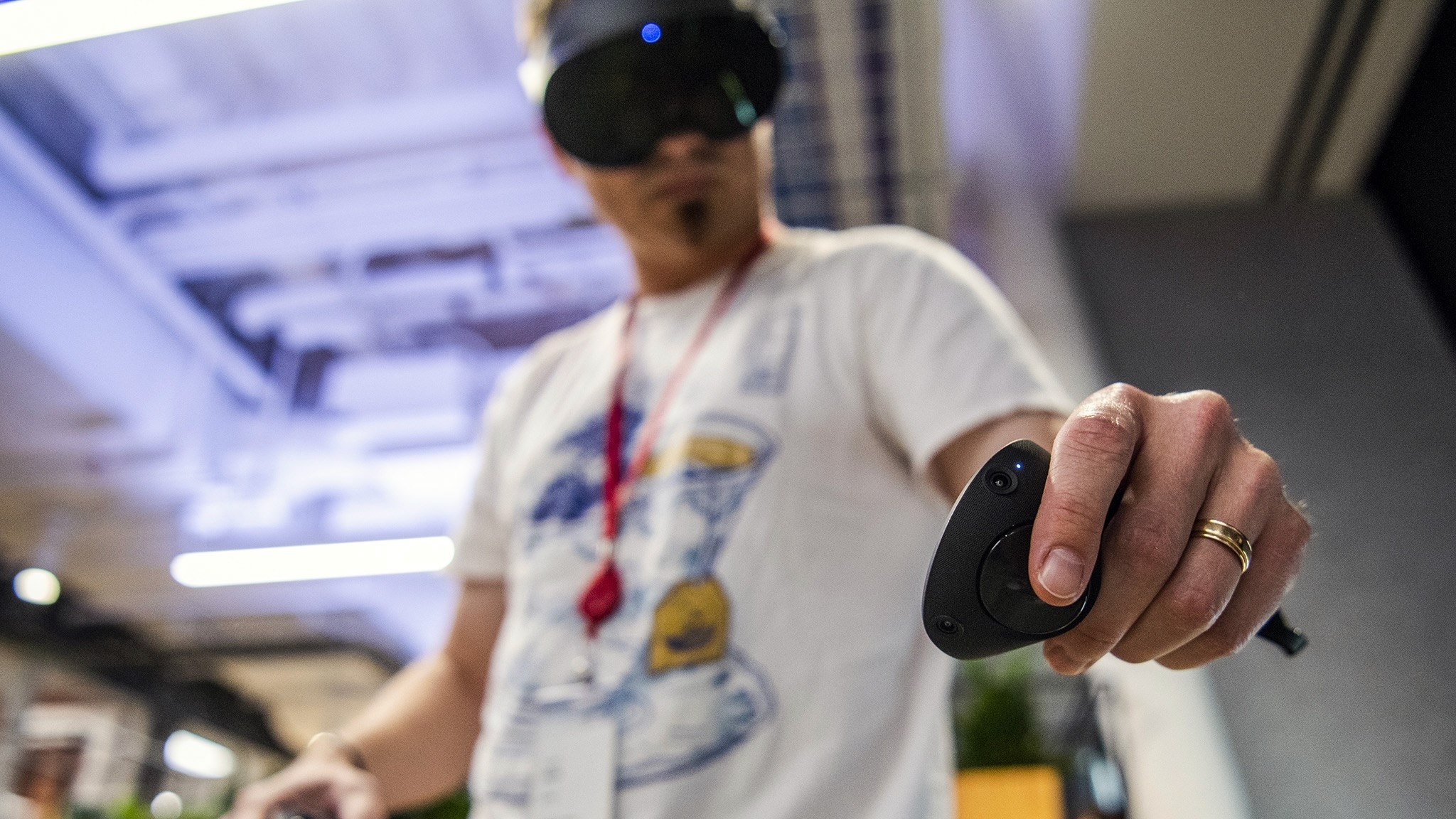
Recently, Mark Zuckerberg reviewed the Apple Vision Pro — negatively, to no one's surprise — and in the midst of the roast, he gave some hints about what to expect from the Quest Pro 2. Specifically, he said they intend to bring back eye-tracking and better hand-tracking controls, both areas where the Vision Pro shines.
He also said they'll bring back physical controllers, which is a relief for people who loved the self-tracked Quest Pro controllers. Instead of always having to keep your hands in the frame for the Vision Pro cameras to pick up your gestures, you can work with your hands comfortably at your sides, out of sight.
Otherwise, we can look to the first Quest Pro to suggest what the Quest Pro 2 should have: At least 12GB of RAM and 256GB of storage, face and eye tracking for realistic avatars, integrated speakers, and a wireless design.
The Quest Pro 2 CAN'T be as heavy as its predecessor
If the Quest Pro 2 has any chance of success, it needs to be lighter, with a design more focused on comfort than style. Even though the Quest Pro is comfortable in short bursts, it was too heavy to wear for all-day use at 722g/ 1.6lb. For context, the Apple Vision Pro weighs about 625g, along with a 353g battery pack.
Meta's design identity is tied up in the fact that it's wireless; can it give the Quest Pro 2 a big enough battery and a built-in Elite Strap for comfort while also bringing the weight down to more manageable levels? If not, this will be a non-starter for a lot of potential buyers.
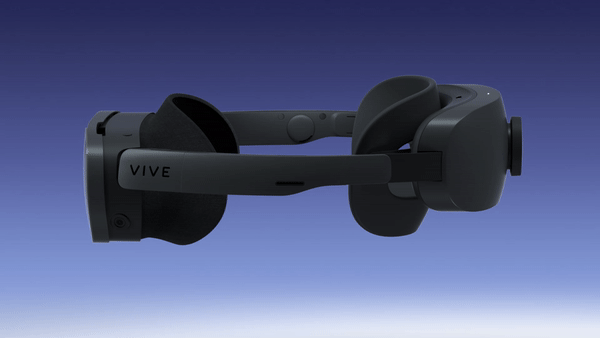
We're fans of how the Vive XR Elite lets you remove the rear battery portion and convert it into a glasses-style layout, so long as you plug in a charging cable. If Meta has some way of hot-swapping a battery or removing it entirely for a glasses-esque design, that would certainly feel both "Pro" and innovative.
If not, it must accept adding a top strap, even if it's marketed as "optional," like the Vision Pro's Dual Loop band. It's the only way to offset the pressure placed on your forehead and back of your head for a heavy XR headset, and the Quest Pro dearly missed one.
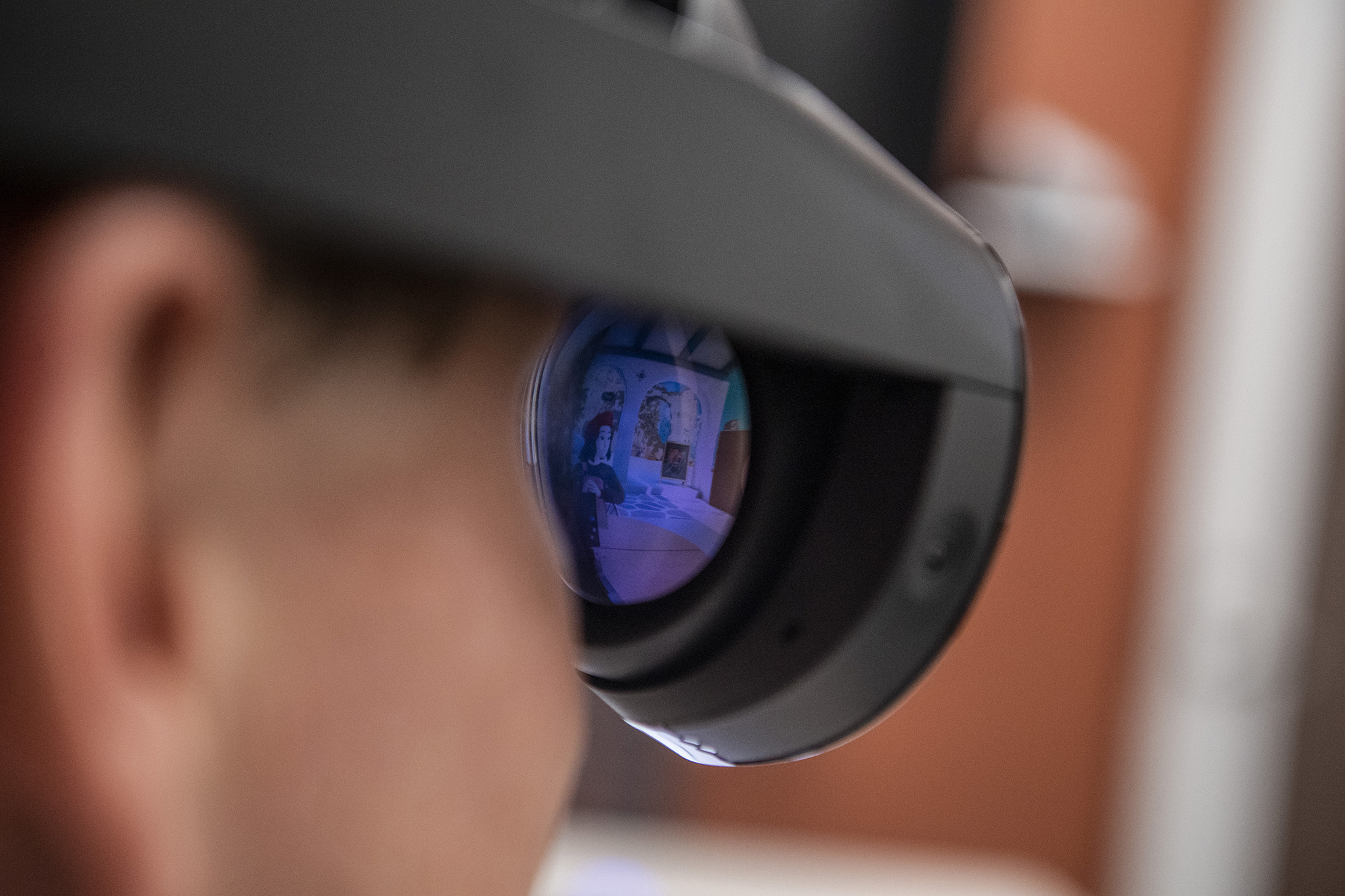
Otherwise, we quite liked how the original Quest Pro kept your peripheral vision unblocked, so you're aware of your surroundings even in "VR" mode. We hope Meta keeps this design instead of aping Apple's isolating, enclosed design.
LG's job is crystal clear (literally)
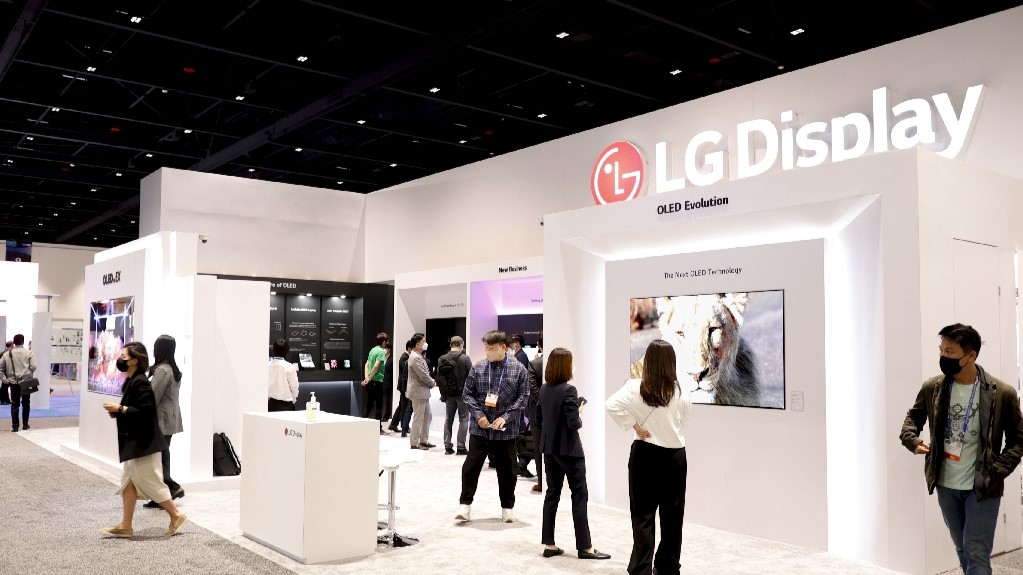
Where LG can help Meta improve is in the Quest Pro 2's display quality. Now that the Vision Pro is offering 23 million display pixels and 6.5MP cameras for passthrough, people will expect Meta to come close to those numbers. That's where LG comes in, hopefully with a crystal-clear display.
A low-res display or low-res passthrough will only increase the eye strain you experience working in mixed-reality, so no one will want to wear the Quest Pro 2 for long enough to be useful. Ideally, Meta and LG will find a way to deal with motion blur when turning your head — something many Vision Pro users notice with their micro-OLED displays.
In a perfect world, Meta would use its varifocal lenses prototype it showed off last year. They're lenses that automatically focus on whatever you're looking at instead of having a fixed focal point, which will really help with eye strain. We just don't know if this technology will be ready for the Quest Pro 2.
A laptop-level price needs laptop-level speeds
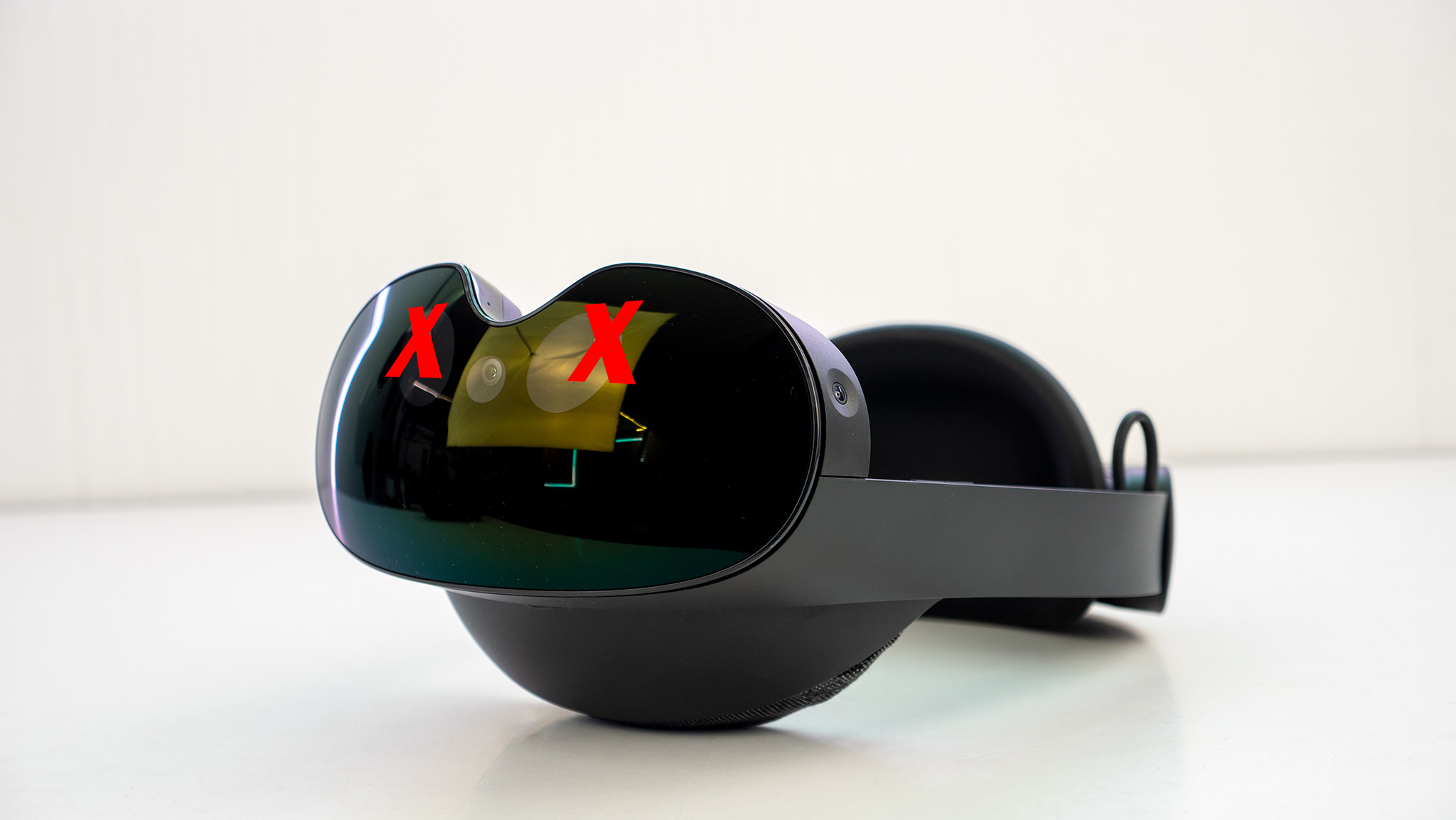
Snapdragon XR2 chips are basically redesigned versions of the Snapdragon 8 chips found in flagship Android phones, with slower performance because they need to track a bunch of cameras simultaneously. They're great for VR gaming, but that may not be enough.
Why? Because Apple gave the Vision Pro an M2 chip found in its MacBook Pro laptops. It's easier to charge people a laptop-level price if it has the power to match, and the people buying mixed-reality headsets pay a lot of attention to specs.
Instead of using the Snapdragon XR2+ Gen 2, Meta should consider giving this spatial computer an actual computer chip, something on par with the Snapdragon X Elite. The challenge, of course, will be offering greater power, consistent wireless battery life, and reliable thermal venting. We hope Meta and Qualcomm can figure this out!
Lack of apps could be the Quest Pro 2's Achilles heel
Even more so than hardware, the biggest issue with the Quest Pro was its lack of apps. You essentially paid $1,500 plus tax and put 1.6 pounds of computer on your head to go on an Oculus web browser and work there.
Now, with the price going up — and with Google making impossible demands for Meta to get Play Store access — Meta has to make it clear what the purpose of the Quest Pro 2 is, given that the Quest 3 also has full-color mixed reality. Only then will anyone besides VR superfans consider buying it.
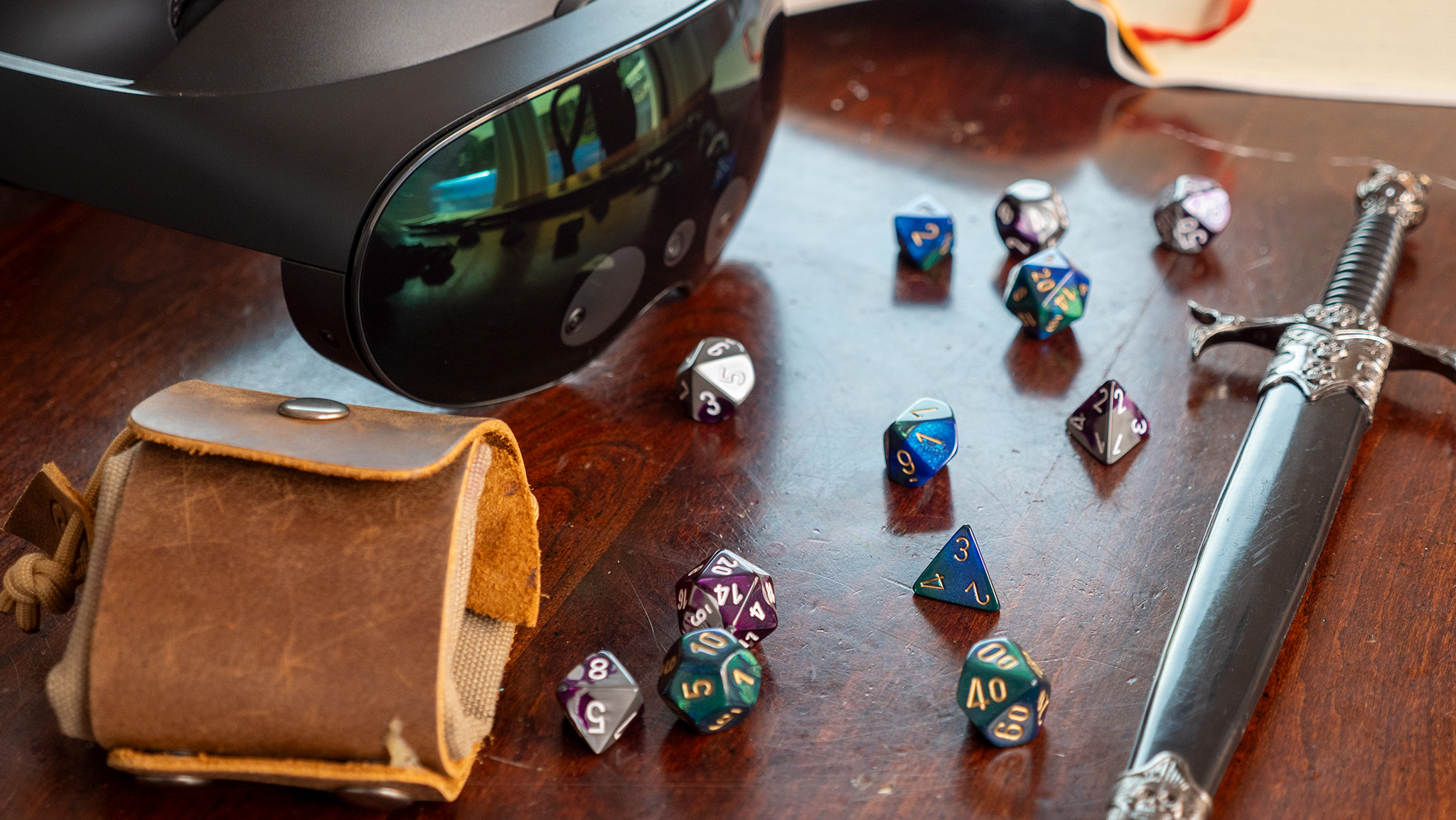
If the Meta Quest Pro 2's primary focus is productivity, it needs to have specific spatial apps out of the box. It took over a year for Meta's partnership with Microsoft to pan out with Microsoft apps on Quest, at which point the original Quest Pro had already failed. And its 2021 promise for a bunch of PWA apps for productivity services like Slack never panned out, either. By 2025, we should hope Meta has more to offer.
Another angle could be to make the Quest Pro 2 the equivalent of a portable LG TV— with an LG-made display and interface and all of the streaming services you'd expect, upgraded for a spatial 3D interface. The only problem is that Apple itself has struggled to get brands like Netflix and YouTube on board with Vision Pro apps, and we're not certain if Meta will do any better.
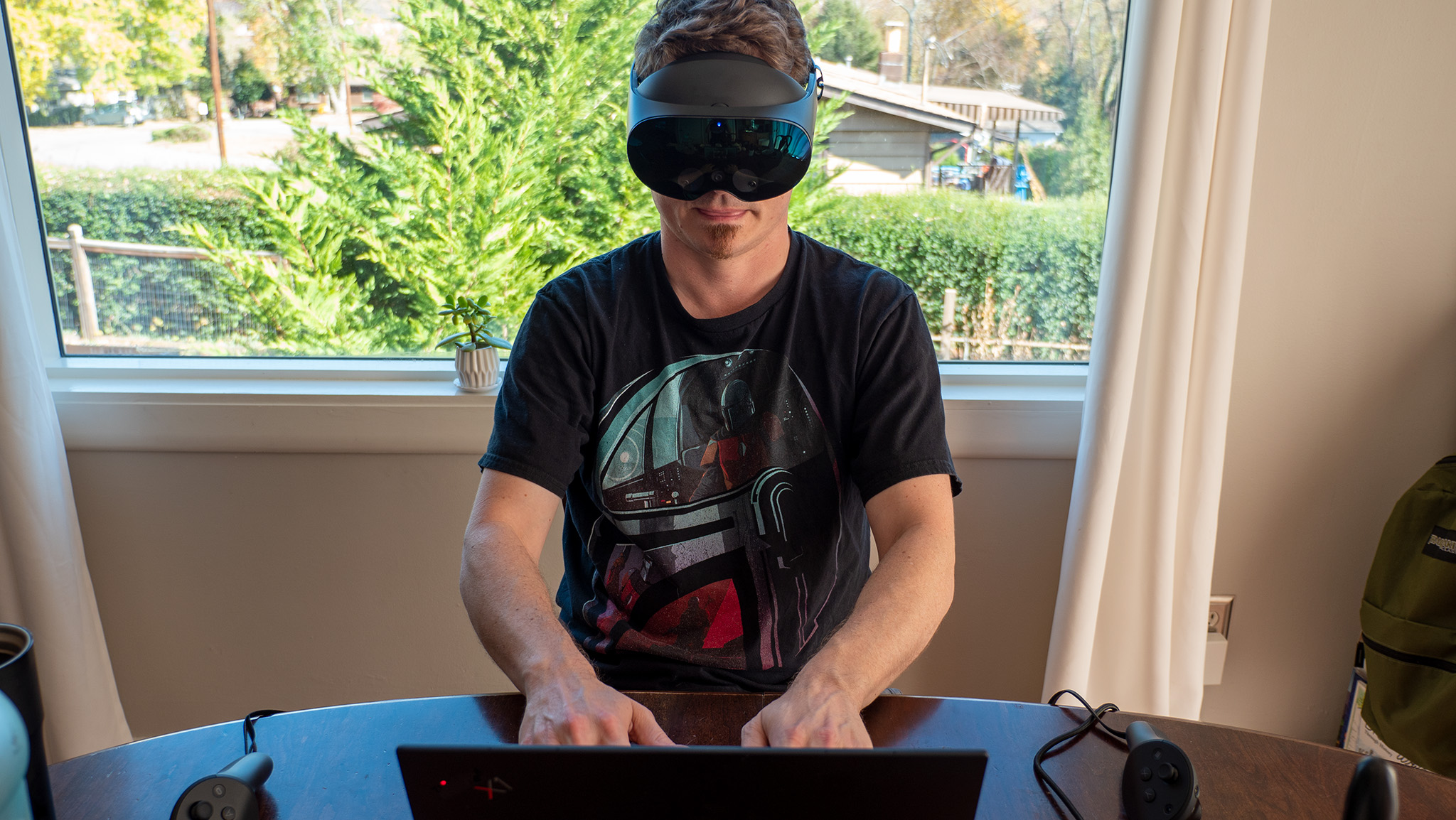
Our theory is that Meta and Microsoft should team up more closely, and make the Quest Pro 2 pair directly with PCs.
Meta may want people to work within its own software, but it has to acknowledge the fact that most people work on PC, Apple, or Chromebooks, and the latter two ecosystems are too closely tied to competitors with their own XR agendas. Microsoft, with all its Hololens struggles, will likely be more willing to let Quest Pros integrate more closely with PCs. It also puts less pressure on Meta to find productivity apps, if people can just rely on their own PC's software.
We have about a year left before the Quest Pro 2 launches (allegedly), well before the Quest 4. Given how leaky Meta's offices have proven to be in the past, we'll no doubt get a clearer vision of how the Quest Pro 2's design and software will improve, with a possible early reveal at Meta Connect 2024 this fall.
What, if anything, can Meta do to get you to drop $2,000 on the Quest Pro 2? Is there something specific that you want from the headset in terms of the design, software, or features? Or do you find a competitor like Samsung's XR glasses or the Vision Pro more tempting?







